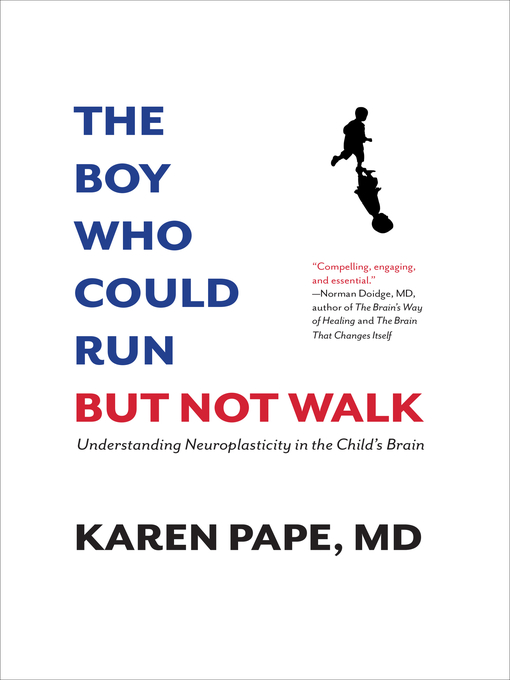In this groundbreaking book, Dr. Karen Pape tells the story of how some children with early brain damage astounded everyone around them. The brain injury they suffered at or near birth had led to motor problems such as the awkward gait we associate with cerebral palsy. Yet they were able to run, kick a soccer ball, tap dance, and play tennis. This was not supposed to happen. It ran counter to the prevailing belief that the brain is hardwired and fixed. When Dr. Pape first shared her remarkable findings, she ran into fierce opposition from mainstream medicine. Yet this courageous neonatologist didn't back down.
In her clinical practice, Pape helped many young brain-damaged children to significantly improve their movement. It led her to ask why some of them could run but not walk with the same ease. Her answer was astounding: By the time they learned to run, their brains had healed. The awkward walking gait was actually a bad habit acquired while the brain was still damaged.
This is the power and the beauty of neuroplasticity, the brain's amazing ability to change and heal. It has revolutionized the treatment of adults who suffer stroke. Now, for the first time, this remarkable book shows that children with a brain injury at or near birth can get better, too. These stories of children's recovery and improvements are a revelation—surprising, inspiring, and illuminating. They offer real hope for some of the world's most vulnerable children and a better understanding of how the baby brain grows and recovers.

